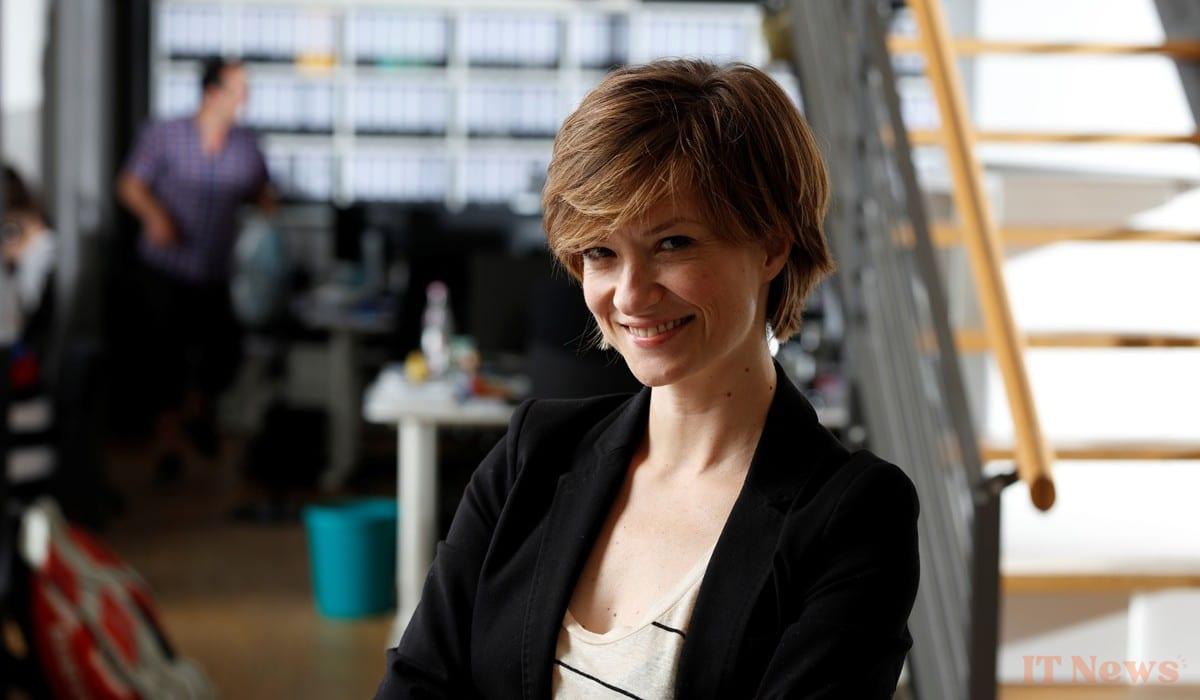In today’s content creation landscape, the lines between editorial integrity and commercial interests have blurred dramatically. Creators and brands are working closely together, fostering a dynamic media environment where distinctions are less blurred. This shift certainly creates new opportunities, but it also introduces new challenges, or at least leaves the door open for debate, especially on more traditional platforms with strict advertising regulations.
How Brands Are Reshaping the News Cycle
The way audiences perceive brands’ presence in content has changed dramatically. Brands are also increasingly involved in the news, creating inspiring stories that transform people’s lives, generate new trends, and more. Brands play a more essential role in all kinds of societal projects and, what’s more, these projects sometimes could not see the light of day without the support of brands.
A recent example in our country is InoxTag’s documentary about his ascent of Mount Everest. This unique, inspiring and life-changing adventure is a clear example of human success. It would not have been possible – or at least in the terms in which it was – without the support of brands like air up®, who believed in this project and contributed to the success of a story like this.
The media covered the story massively, with very positive reactions after the succession of such an adventure. However, advertising laws – especially in more traditional media – “required” that brand logos be blurred, thus removing an essential part of the story. These are not just logos, but elements that are an integral part of the project: the film could not have been made without the support of these brands, who have been part of the story from the beginning. It is a joint creation, an adventure and a film that together tell a unique story.
In today’s digital environment, the line between advertising and editorial content is increasingly blurred. Partnerships between brands and content creators are often based on in-depth collaboration, where the brand becomes an integral part of the story being told. It is no longer a simple “sponsor”, as was the case before, where a brand put its logo to finance a project, but a true creative co-creation. In the case of the InoxTag documentary, the partner brands were not just spectators of the project, but committed actors who helped make the adventure possible. Brands are part of the story itself, and their erasure or blurring imposes an artificial distance between the work and its audience. This distorts the overall narrative, as brands are not just sponsors, but facilitators of experience and creativity.
Regulatory restrictions, out of step with changing practices, raise questions about the ability of current laws to embrace new dynamics between brands, creators, media, and viewers. Advertising is changing, and legislative frameworks should keep pace with this shift to better reflect these modern synergies. While they aim to protect viewers from excessive commercial exposure, they can unintentionally hinder the transparency and authenticity that audiences seek.
Evolving Regulation and User Demand
As the relationship between brands and news production evolves, regulatory frameworks must reflect this change by promoting transparency and authenticity. Brands are increasingly becoming content creators themselves, engaging directly with their audiences. Recognizing these brands as active players in news production and storytelling can open the door to new synergies, particularly beneficial for traditional and linear media, which are facing increasing competition for viewer engagement. Rather than applying strict and restrictive rules, a flexible approach could facilitate authentic collaborations that enrich the viewer experience without compromising journalistic integrity.
In this new paradigm, brands, content creators and media can work together to explore and develop synergies that leverage each other’s strengths, ensuring all parties feel valued and well-represented. This collaborative model ultimately benefits audiences, who benefit from better, more relevant content in an ever-changing media landscape.



0 Comments